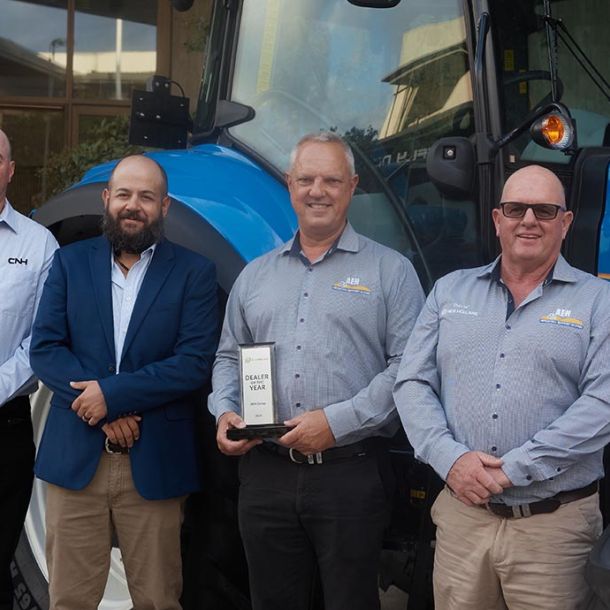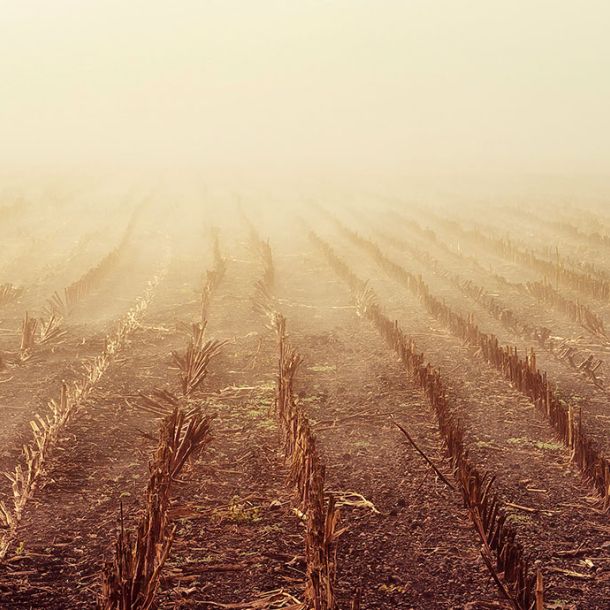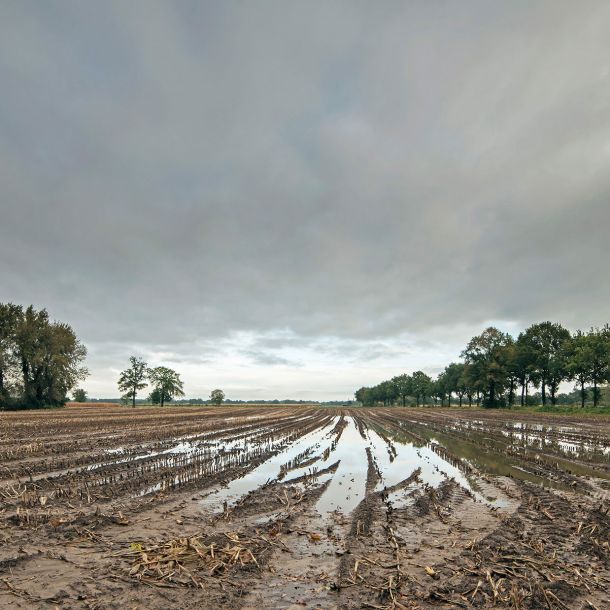Don’t let volatile weather wash out your tramline strategy
Establishing fixed wheel tracks in clearly defined rows and standardising the wheel track widths of farm machinery to suit, has been demonstrated to offer a number of significant, lasting benefits compared to traditional methods.
Research has shown an effectively implemented CTF strategy can improve grain quality and increase grain yields by between 2 to 16%, according to figures supplied by the WA Department of Primary Industries and Regional Development [1].
And while adding tramlines for the first time may initially cede some growing space, US researchers conversely found that plant knockdown losses due to wheel traffic, which amounted to up to 3% of yield in a non-CTF operation, could be cut by up to two-thirds[2].
In fact, estimates from a modelled Western Australian farm showed an additional $47-per-hectare profit from cropped areas of greater than 1000 ha. Economic modelling for mixed enterprises of greater than 2000 ha with a range of soil types in the Western Australian central wheatbelt showed a doubling of estimated profits could be achieved from the use of CTF.
Reap the benefits
The system has been demonstrated to not only improve crop yields and grain quality via reduced crop destruction or degradation; it also lowers fuel costs, can create time savings through more efficient movement and elimination of duplication, improves soil condition via less overall compaction, and can save costs on spraying, fertilising and seeding operations by minimising overlap.
The use of tramlines can even reduce the physical and mental toll for the operator. Standardised wheel tracks make it much simpler to implement autosteer operability utilising GPS and real time kinematic (RTK) guidance systems. Meanwhile, confining the compaction of soil to defined wheel tracks generally results in fewer ruts and less slippage, producing an overall smoother ride for the operator with less steering control required.
The exception to the rule is during periods of either sharp or prolonged rainfall, such as those that have been experienced in recent seasons across many parts of rural Australia. Flooding or heavy run-off can degrade or even wash away well-established wheel tracks, or contribute to the formation of deep ruts.
As a result, machinery operators may encounter accessibility issues including bogging or slipping. Uneven paddocks are harder to seed into, while heavily degraded wheel tracks can make it difficult to maintain even seed placement.
If recent volatile weather conditions have demonstrated anything, it’s that farmers need the ability to move at lightning speed to take full advantage of breaks in the weather. Attempting to negotiate rutted, uneven and sodden land to sow crops can easily forfeit valuable time.
Get back on track
That’s why it’s imperative for farmers to have a one-pass soil renovator in their arsenal. The K-Line Ag TrackAttack® is a prime example of a reliable, heavy-duty unit, with independently mounted discs on two offset rows that loosen the ground while simultaneously pulling in soil from either side of the track. The crumbler roller that follows breaks down clods, leaving behind a flat, even surface. The TrackAttack® can also be used for weed removal on tramlines, and its ability to break up ground that has been compacted by rainfall or rutted by traffic leaves soil in improved condition.
A key advantage to dealing with K-Line Ag is its impressive track record – pardon the pun – in creating high-quality, robust agricultural machinery designed specifically to suit Australian conditions, from small hobby farms to major broad acre operations.
The company established by the Larsen family in 1993 still proudly manufactures all its products from its base in Cowra, NSW. It shares in the triumphs and tribulations of the local farming community, continuously gathering feedback to refine the performance of its product range.
That’s why the TrackAttack® is built in standard and wide configurations, each with fully adjustable centres to fit any track width. Pivoting outer and inner discs can be adjusted to customise the track edge finish, and a choice of rollers is offered to suit different soil conditions. Staggered disc spacing resists trash blockages and promotes an even soil flow to the trailing roller.
Robust construction using quality materials ensures most operations can be completed in a single pass, to rapidly transform severely degraded tramlines into level thoroughfares that are primed for seeding operations to begin.
The continuing onset of increasingly volatile weather conditions means that for anyone currently implementing a CTF strategy – or considering reaping the benefits of converting to a tramline system – a capable and robust soil renovator such as the TrackAttack® is fast becoming a must-have tool.








